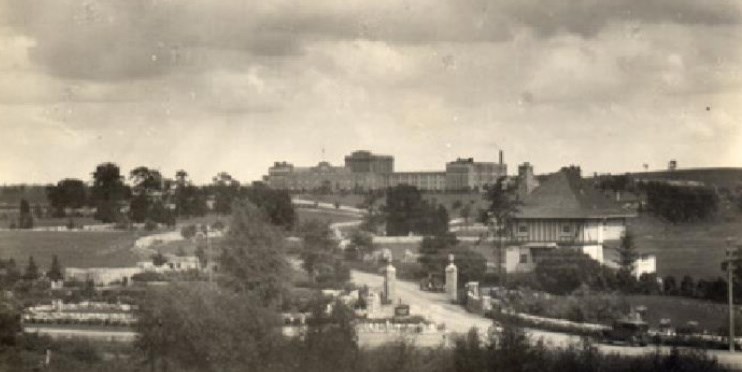It would be difficult to argue heritage preservation isn’t important to many Guelph residents, given the city’s long history and bounty of architectural beauties throughout. Among them is the former Guelph reformatory and surrounding York Road lands, throughout which echoes of the past can be felt at nearly every turn.
Though not maintained to the standard it once was, this property is a widely cherished and publicly owned jewel – a place not only reminiscent of its local, provincial and national historical significance, but enjoyed for its wide-open green spaces, trails and wildlife habitat.
It’s a site that means a lot to a great number of people, as evidenced by the public interest and participation leading up to this week’s council decision to seek two levels of heritage protection for it ahead of its potential sale by the province and redevelopment as a residential, employment and commercial area.
In addition to hearing from hundreds of interested individuals and groups ahead of time, as some council members stated, Monday’s council planning session saw 32 registered delegates and nearly 100 pieces of correspondence received, all calling for the property to be preserved.
With the exception of a couple cases, they all encouraged council to go beyond the staff recommendation of a Part IV designation under the Ontario Heritage Act – protecting a lengthy list of specific historic features – by also employing a Part V study which considers designation of the property as a whole, as well as parcels of land once related to the reformatory but now owed by the City of Guelph and Cargill.
No one urged council to forego heritage protection in the name of redevelopment potential, at least not publicly, and if they did council clearly chose not to abide by their request, unanimously agreeing to implement the staff recommendation and launch a study that could lead to designation of the entire site.
With heritage protections in place, and more potentially on the way, it’s fairly certain any new owner(s) will find adaptive re-use for heritage features and buildings, though public access to the lands is not guaranteed to be maintained.
As it stands, the property is largely owned by the province, but once sold it will likely be privately owned and those private owners could close it off to the public. City council has no control in that regard, beyond the relatively small city-owned section.
However, in response to the many calls for public access to continue, council is asking the province to ensure “as much public use as possible” to continue after the property is sold.
These decisions are no doubt cause for celebration among heritage preservation advocates and the greater community, though it is but one battle in a prolonged war against time and development pressures the city is experiencing.
